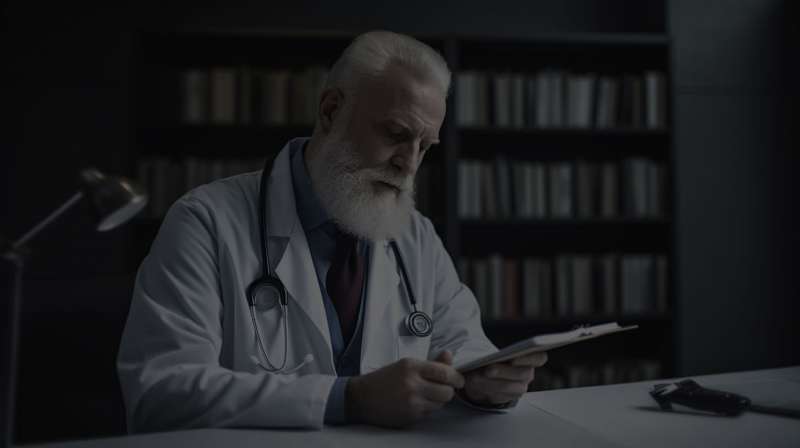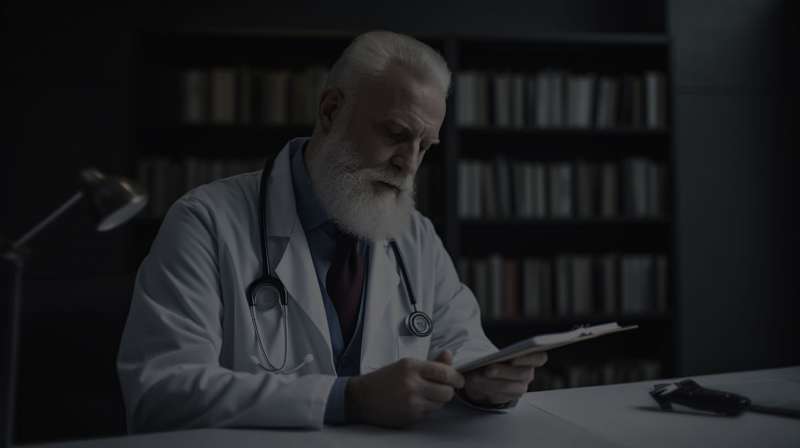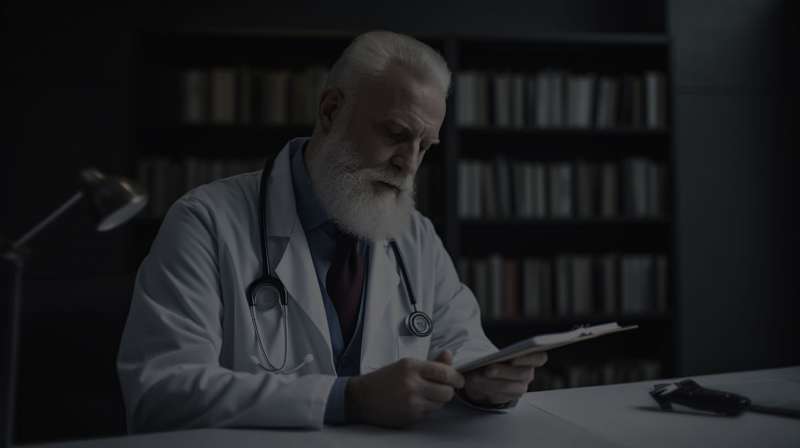Important Information
Suspect a fracture if, after a fall or blow, a limb appears to be in an unnatural position, is unusable, swells or bruises rapidly or is extremely painful at a specific point
Only splint an injury if EMS care or transport to a medical facility is delayed and if you can do so without causing further pain and discomfort to the patient
All fractures need professional medical attention
Patient Care; Bone Fractures
- For a patient involved in a major fall, collision or blow, conduct an injury assessment to determine the extent of all injuries besides an obvious dislocation or fracture
- Splint the injury in the position found minimizing movement while splinting; Do not try to straighten the fracture
- Bandage the splint in place using a triangle bandage or other available materials
- Fractured fingers and toes may be taped to adjacent fingers or toes for extra support
- Check circulation before and after splinting; Loosen the splint if it interferes with the circulation
- For a closed fracture, apply a cold compress to the area to reduce the swelling during transportation




Share on social media